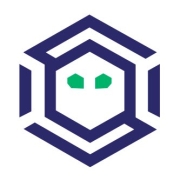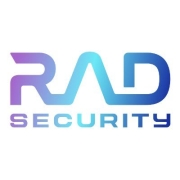Identity Threat Detection and Response (ITDR) solutions focus on protecting user identities from threats by providing comprehensive monitoring, alerting, and response capabilities.
ITDR enhances security measures by identifying and mitigating threats that target user identities within organizations. By integrating with existing systems, these solutions monitor user behavior, detect anomalies, and provide actionable insights to prevent unauthorized access.
What features should you look for in ITDR solutions?In industries like finance and healthcare, ITDR solutions are applied to safeguard sensitive customer information, ensuring compliance with regulatory standards such as GDPR and HIPAA. Organizations in these sectors rely on ITDR to prevent data breaches that could lead to severe financial and reputational damages.
Identity Threat Detection and Response is essential for organizations aiming to protect against identity-based breaches. By offering comprehensive monitoring and response mechanisms, ITDR plays a crucial role in maintaining security and trust.
| Product | Market Share (%) |
|---|---|
| CrowdStrike Falcon | 14.5% |
| Microsoft Defender for Identity | 12.5% |
| Microsoft Entra ID Protection | 8.7% |
| Other | 64.3% |



















































ITDR enhances cybersecurity by continuously monitoring and analyzing user identities, behaviors, and access patterns to detect and respond to potential threats. It uses machine learning and AI to identify anomalies and potential indicators of compromise, ensuring quick response to prevent data breaches.
What are the key capabilities of ITDR solutions?Key capabilities of ITDR solutions include real-time threat detection, behavior analytics, and threat intelligence integration. They also offer automated responses to detected threats and provide insights into potential vulnerabilities within your identity management systems, helping reduce the attack surface.
Can ITDR be integrated with existing security systems?Yes, ITDR can be integrated with existing security systems to enhance their capabilities. By working alongside solutions like SIEM, IAM, and UEBA, ITDR provides a comprehensive defense strategy. Integration allows for better data correlation, improving threat detection accuracy and response times.
Why is user education important in ITDR?User education is crucial in ITDR because informed users are less likely to fall victim to phishing attacks or social engineering. Educating your team about identity threats helps in recognizing potential security incidents and supports the overall effectiveness of ITDR strategies by reducing the likelihood of human error.
How do ITDR solutions combat insider threats?ITDR solutions combat insider threats by continuously monitoring user activities and analyzing behavior patterns for anomalies. They help identify malicious or negligent actions by authorized users and automatically alert security teams to potential threats, enabling swift mitigation before damage occurs.